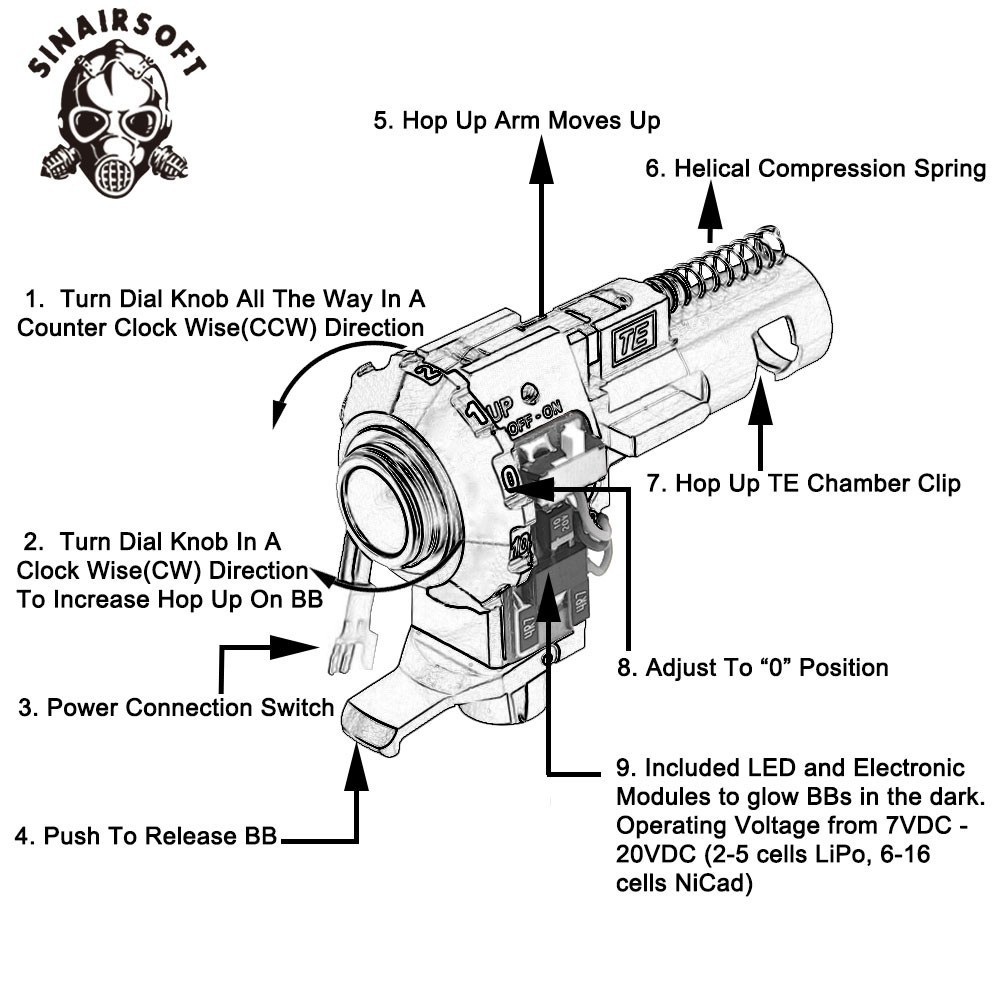


In the simplest type of jet engine, called a turbojet, air is drawn inĪt the front through an inlet (or intake), compressed by a fan, mixed In a straight-line sequence-a kind of thrust-making production line! Uses a long metal tube that carries out the same four steps Instead of using cylinders that go through four steps in turn, it Release energy that powers a plane, vehicle, or other machine. It burns fuel with air (in a chemical reaction called combustion) to Picture by Albert Bosco courtesy of US Air Force.Ī jet engine uses the same scientific principle as a car engine: Produced by one of the vast jet engines (turbofans) on an airliner, as you can see from the bar chart further down this article. That sounds like a lot of power, but it's less than half the thrust Photo: Massive thrust! A Pratt and Whitney F119 jet aircraft engine creates 156,000 newtons (35,000 pounds) of thrust during this US Air Force test in 2002. How big it can be, and how much it can carry. Is powering a plane, that limits how fast it can fly, how much lift it can make, To producing relatively modest amounts of power. Unless you use hefty cylinders and pistons (or many of them), you're limited Related to how big the cylinder is and how far the piston moves The amount of power a piston engine makes is directly The trouble with this is that the piston is driven onlyĭuring one of the four steps-so it's making power only a fraction of The crankshaft that powers the car's wheels (or the plane's propeller), before the wholeįour-step cycle (intake, compression, combustion, exhaust) repeats The burning fuelĪnd air explodes and expands, pushing the piston back out and driving Or with help from a sparking plug (in a gas engine). Temperature so it either ignites spontaneously (in a diesel engine)

The piston in each cylinder compresses the mixture, raising its Fuel is squirted into the cylinders withĪir from the atmosphere. (also called a reciprocating engine, because the pistons move back and forth or "reciprocate") The piston engines used in early airplanes, which are very similar One way to understand modern jet engines is to compare them with This spins around to suck air into theĮngine as the plane flies through the sky. You can clearly see the giant fan at the front. Photo: A jet engine taken apart during testing. How planes work-but how do jet engines work? Wings to create an upward force called lift that powers it into the sky. The thrust from one or more engines pushes a plane forward, forcing air past its scientifically shaped Into a powerful pushing force called thrust. Schester courtesy of US Air Force.Ī jet engine is a machine that converts energy-rich, liquid fuel This is a rear view of Shockwave, a racing truck firedĪlong by three 12,000 horsepower (9 megawatt) jet engines, which reaches an almost unbelievable maximum speed of around 600 km/h (375mph)! Photo: Jet engines don't just power planes. Let's take a closer look at how they work! What exactly are these magic machines and what makes them different (more correctly, as we'll see in a moment, gas turbines). Most modern planes are powered by jet engines People at a time to their homes and holidays. Notice all the planes screaming above us, hauling hundreds of We're so used to the idea of flight that we barely even There are something like 5,000 flights zipping through the sky over the United States alone How things have changed! At any given moment, At the dawn of theĢ0th century, the very idea of powered flight seemed, to many, like a The great blue canvas stretched above our heads. Turn your eyes to the sky and it's likely you'll see more than aįew vapor trails-the wispy white lines that jet planes scribble on


 0 kommentar(er)
0 kommentar(er)
